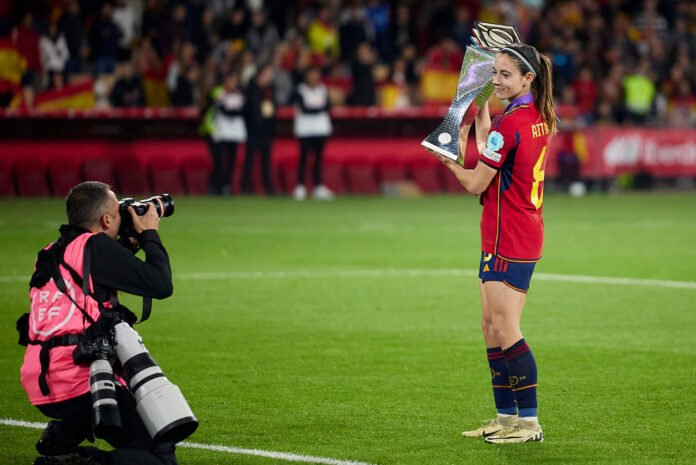If you were wondering how much players truly cared about the inaugural Women’s Nations League, the scenes at full-time left you in little doubt.
Spain celebrated their 2-0 final victory over France like it was a genuinely big deal — and this is a side who won the biggest prize in world football six months ago.
Substituted players and unused back-ups sprinted off the bench to join their team-mates on the pitch, jumping up and down in a circle and breaking into a familiar round of ‘Campeones’.
Two Spain players were not part of those immediate celebrations, however; instead going around their defeated opponents and making a point of shaking hands — Aitana Bonmati and Mariona Caldentey. They were, coincidentally, the two goalscorers, and the game’s best two players. They, more than anyone else on the pitch, summarise what Spanish football is all about, and why they are so difficult to defeat.
Spain celebrate Bonmati’s opening goal (Cristina Quicler/AFP via Getty Images)
Since Spain’s World Cup victory, the discussion about facing them has been centred around one question: ‘How do you stop Bonmati?’ The question is a little reductive, and probably misses the point.
In the World Cup, Bonmati was over-run in midfield when Spain lost 4-0 to Japan in the group stage, marked out of the quarter-final against the Netherlands by the excellent Jackie Groenen, not particularly prominent in the semi-final against Sweden, and then good, but not decisive, in the final against England.
But it didn’t matter. Spain had other playmakers. Bonmati won the award for the tournament’s best player, and she is surely the world’s best player. But teams often had stopped her. They still couldn’t stop Spain.
This victory over France showed that there are two problems. First, stopping Bonmati has become harder, even compared to six months ago. Second, others can be equally dangerous.
Bonmati was the best player on show, and better than in any game she played at the World Cup. The close attention she has faced, especially now Spain have become increasingly accustomed to playing without Alexis Putellas, previously considered the main danger, has improved her game.
Once she was always looking to collect the ball in similar zones, those inside-right positions between the lines. Now she drops deeper than before, and suddenly sprints in behind the opposition. On other occasions she is found hugging the right touchline, and then a minute later is making diagonal runs across to the left channel. Close marking forces players to vary their position, and that skill remains useful even when facing teams, like France here, who do not assign a particular player to track her.
“Aitana is just so hard to stop because of her positioning,” Sweden defender Magdalena Eriksson wrote in a Guardian column last week. “Unless you decide to dedicate a player to mark her, it is really hard to decide who is going to stick on her as she is always in the spaces in between.”
Her opening goal was a perfect demonstration. In the build-up, France’s central midfielder Amandine Henry was watching Bonmati. Then she pointed for left midfielder Selma Bacha to pick her up.
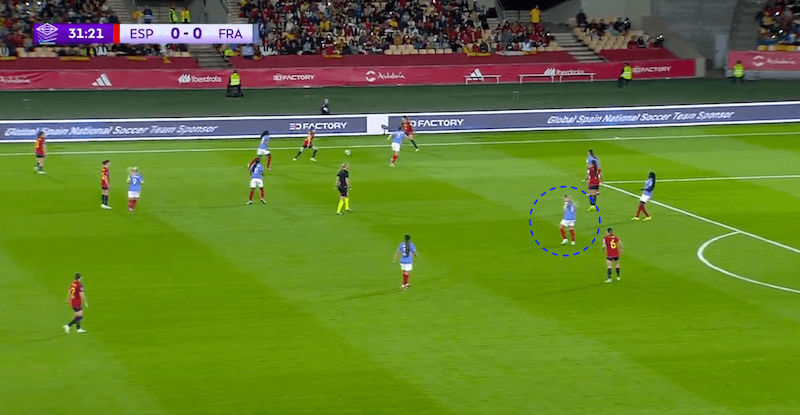
The next thing she knew, Bonmati was sprinting into the space between the centre-backs, and now it was the turn of left-back Sakina Karchaoui to frantically point at a team-mate to mark her.
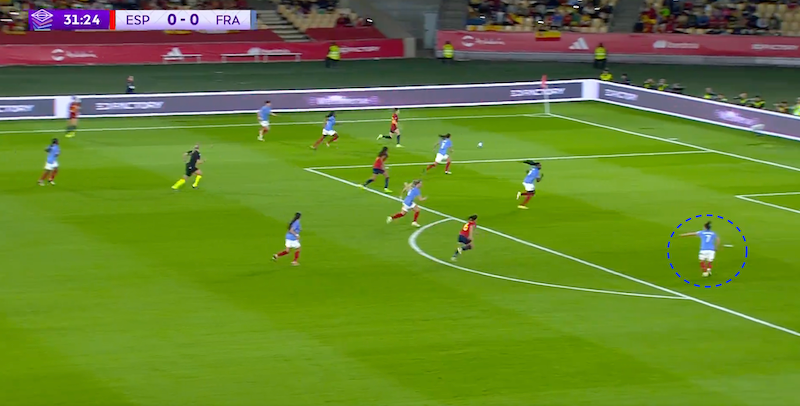
In fairness, Henry anticipated the run. She basically tracked the run. She just couldn’t get there fast enough. Bonmati has mastered the art of ‘llegada’, as they say in Spain — essentially, arriving at the right time. Olga Carmona’s cross was turned home.

It was almost identical to Bonmati’s goal on the stroke of half-time in the semi-final against the Netherlands.

This is a side that, in what has become the Spanish tradition, sometimes lacks a proper penalty box threat. Salma Paralluelo is a runner into the channels rather than a target for crosses. Right-sided Athenea Del Castillo is more of a winger than the player who often played there in the World Cup, Alba Redondo, who makes more runs into the box. Bonmati used to shape games. Now she decides them.
The second goal came from Caldentey. She is the most underrated player in this Spain side, drifting inside from the left into the middle to overload the centre, in much the way Andres Iniesta did a decade ago for the men’s side. At times she completely vacates her flank and becomes a fourth central midfielder, which is partly why Carmona has proved so effective on the overlap.
Here, her positioning proved crucial for the second goal, typically moving inside from the left, anticipating Del Castillo’s cut-back and sweeping the ball efficiently into the far corner.
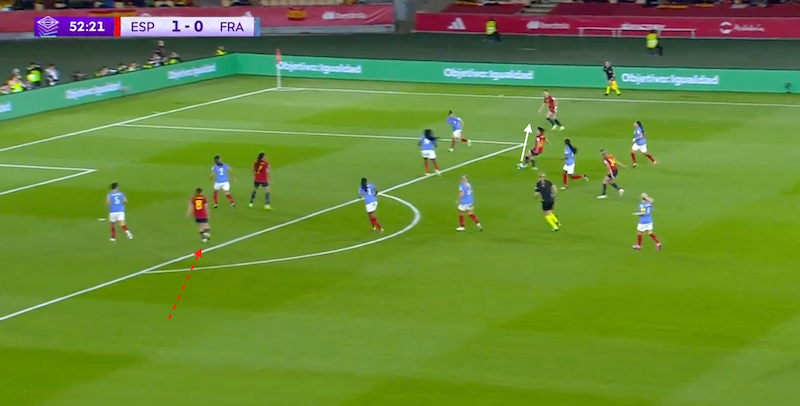
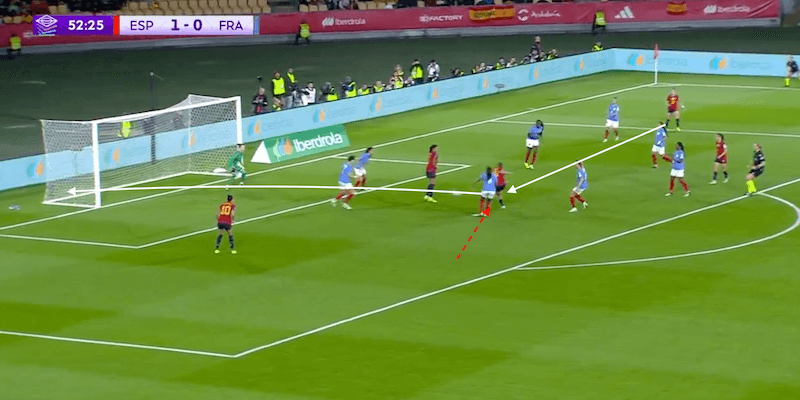
Caldentey has been excellent throughout this Nations League campaign, scoring three goals across the entertaining, and crucial, 3-2 and 5-3 victories over Sweden in the group stage. She is occasionally overlooked as others have shone. Here, she had her moment.
Spain are now unquestionably the best side in the world, although it is arguable whether they have progressed sufficiently in a wider sense.
“Unfortunately, I can’t say that much has changed,” Bonmati said this week when asked about the impact of the World Cup win. “We have the example of the English — when they won the Euros, we saw a big change after the success at the national level. There were knock-on effects. Investment in the domestic league, full stadiums when England play. It makes me want it, because I can’t say that it is the same here. There is still so much left to do here and I feel like the World Cup was for nothing.”
But as well as Spain’s unprecedented off-field turmoil, the difference was surely that England won their tournament on home soil. Similarly, and contrary to popular belief, “It’s Coming Home” was not a prediction about England winning Euro ’96, but a song celebrating the fact they were hosting it.
The Nations League does not mean anywhere near as much as a European Championship, and certainly not the World Cup. But the importance of Spain wining a trophy in Seville, rather than in Sydney, should not be underestimated.
(Top photo: Jesus Ruiz/Quality Sport Images/Getty Images)
Read the full article here


